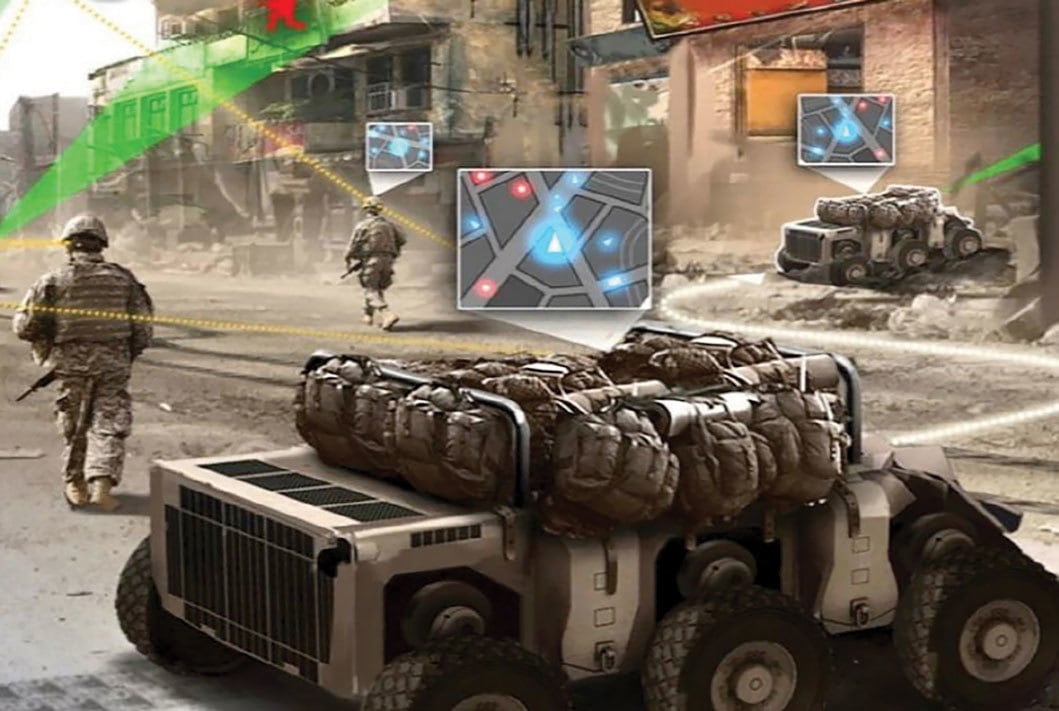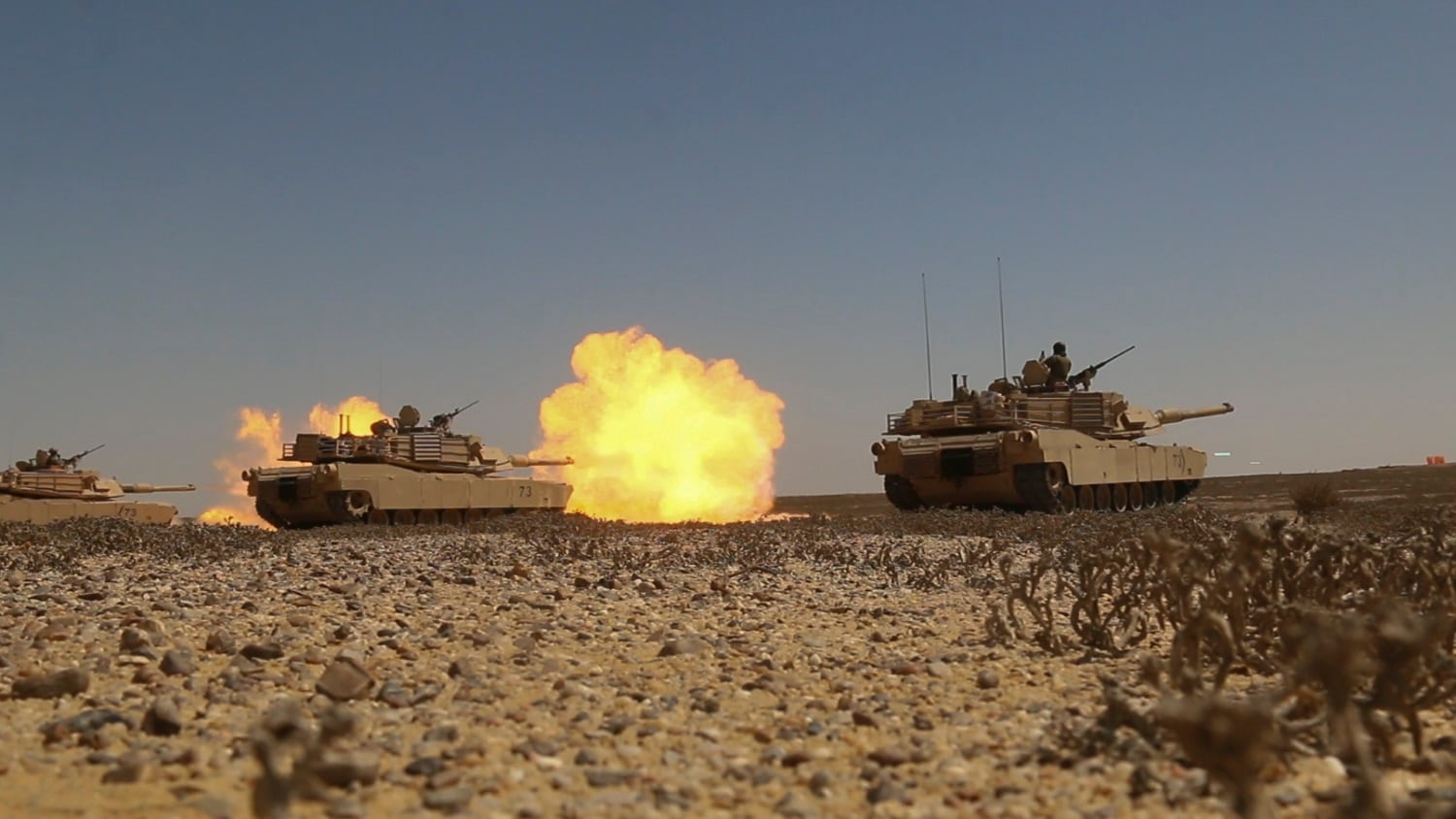Over the next few months, soldiers, scientists and top Army officials will establish how troops will use robots, from a single soldier directing a robot swarm to an optionally-manned Bradley replacement that will control its robot wingman vehicles in future combat formations.
The future of combined ground and air operations for the base of the ground forces, the squads and companies that do the lead fighting from scouts to riflemen, will see automation increased the range and effects of every soldier.
Those pending developments and others involving robotics and automation in scout and infantry units were outlined Wednesday in a conference call with reporters by two officials at the center of everything robot in the Army – Don Sando, deputy to the commanding general of the Maneuver Center of Excellence and John Miller, the deputy director of the Army’s Cross Functional Team that oversees the Next Generation Combat Vehicle, also out of MCOE at Fort Benning, Georgia.
RELATED

Soldiers have been working with low-level drones, throwable robots and are in the beginning stages of testing the latest robot to enter the formation, the Squad Multipurpose Equipment Transport. But as early as September some soldiers will be using surrogate robots to test out the potential uses of optionally manning the NGCV and its cohort, the Robotic Combat Vehicle.
Previously, the two were tied together in development, but Miller said the new focus is to speed up the NGCV, which will replace the Bradley Fighting Vehicle, an armored, armed infantry transport that sits at the center of many mechanized combat formations.
“Senior leadership has us emphasizing the Bradley replacement,” Miller said. “The effort going on is to find the right mix between fielding capability as fast as we can and balancing that with room to grow.”
Work being done at Fort Benning will inform the somewhat more complex project of developing the Robotic Combat Vehicle, which ultimately will serve as a kind of ground “wingman” to the NGCV in the formations, taking its directions from personnel and automated systems in the NGCV.
The optionally manned abilities of the NGCV will give soldiers control but also allow them to dismount and fight if needed while the vehicle continues to take care of some tasks. The goal is to have an NGCV that can be upgraded as new technologies allow for more and more automation.
RELATED

In March, Brig. Gen. David Lesperance, head of the CFT for the NGCV, which is one of the Army’s big six modernization priorities, told Military Times sister publication Defense News that both the NGCV and RCV will have initial prototypes ready for soldier evaluations by 2020, with follow-on prototypes ready by 2022 and 2024.
At the time the RCV was the main priority, while the NGCV was the secondary priority. That appears to have flipped.
Simultaneously, experts at Benning and elsewhere are nearing completion on developing the key component for the next phase of soldier-robot teaming – a common controller.
Miller said assessments on some common controller systems were done last year and three versions proved “feasible.” The key for the controller is that a soldier can train on one system for all air and ground robot assets.
The Army will select a common controller by mid-2019.
Which brings developers closer to the main goal – the ability for one soldier to control multiple robots or “swarms” at a time.
But first, soldiers and developers must see what problems might be solved, and created, by putting more robots in the hands of soldiers.
Some of that will be sketched out at Benning in October as a rifle company and scout troop will run through a series of exercises on the fort as representatives from both industry and academia observe to better understand the needs of those units.
Separately, soldiers with the 101st Airborne Division and the 10th Mountain Division and Marines at Camp Lejeune, North Carolina are set to begin testing the SMET in their formations later this year.
Army officials are expected to decide on which SMET submission of the four being evaluated will be selected by early 2020.
Todd South has written about crime, courts, government and the military for multiple publications since 2004 and was named a 2014 Pulitzer finalist for a co-written project on witness intimidation. Todd is a Marine veteran of the Iraq War.




